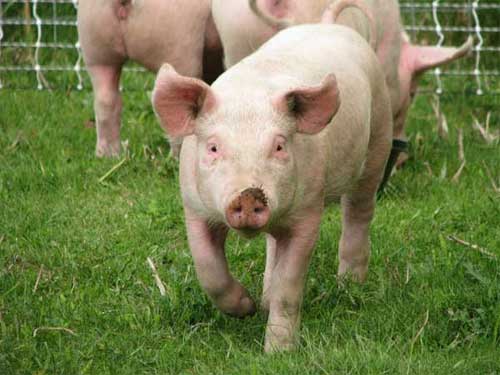Philippine pig profits increase with probiotics

Producing pork without the use of antibiotics and other synthetic chemicals is increasingly becoming the trend in swine production. That is because pigs grown the organic way are claimed to be best for good health and consumers are willing to pay a higher price for antibiotic-free meat.
That is why there are companies that are developing probiotic products for use in growing organically grown animals, especially pigs.
One such company is the Lacto Bacillus Pafi Techno Resources Corporation (LactoPafi) based in Guadalupe, Cebu City. It has come up with its own probiotics called PafiGro.
A study at UP Los Baños showed that PafiGro’s feed conversion (FC) is 7% more efficient compared to both the control and Antibiotic Growth Promoter (AGP) groups.
It was observed that the pigs fed with PafiGro reached 80 kilos faster than the control and the AGP groups.
This means significant savings in the cost of feeds since it takes less feeds for the pigs to attain the desired liveweight without compromising the animal’s health.
The company says that PafiGro is unique. It is the only one in the market that can be used in all stages of pig raising. Its probiotics attach to the intestinal lining of the pig, thus effectively preventing scour-causing bacteria from colonising the gut. As pigs get older, the probiotics continue to protect the immune system and prevent a myriad of diseases.
Fermented product
PafiGro, a first-prize winning product in a recent Scientists’ Congress, contains all-natural organic ingredients produced under the natural process of fermentation.
Fermented extract from soy, molasses, milk and pure water is carefully formulated to enhance animal growth and improve meat quality.
It contains millions of live beneficial bacteria (multi-strain lactobacillus) and also contains vitamins, minerals, amino acids and beneficial yeasts.
PafiGro is a liquid which can be added to the drinking water or on both wet and dry feeds.











